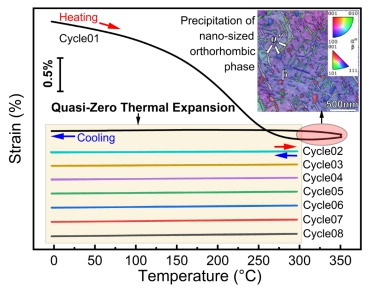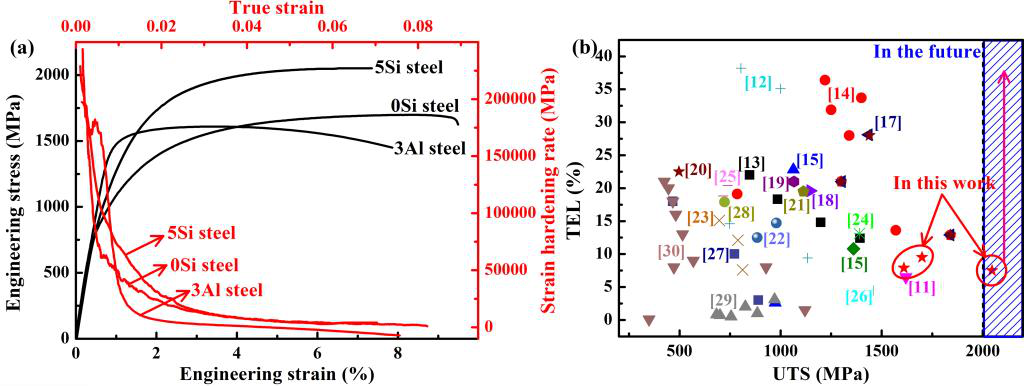From time immemorial, people have looked at the vast sky and magnificent mountains and rivers, and have wondered what is the universe made of? From the invention of the optical microscope in the late 16th century to the appearance of the electron microscope in the 20th century, individual atoms can be clearly discerned. Is there a “super microscope” that could see even smaller material space?
There is a large scientific installation that explores the mystery of the microstructure of materials—China Spallation Neutron Source located in Dongguan, Guangdong Province, in the center of the Guangdong-Hong Kong-Macao Greater Bay Area. The multi-physics spectrometer, jointly developed by DGUT, which has invested RMB 80 million, China Spallation Neutron Source, and City University of Hong Kong, is an “important national installation” for the research of materials, energy, and life sciences. It is the first full neutron scattering spectrometer in China. Yin Wen, a researcher in charge of the multi-physics spectrometer system, spoke about the multi-physics spectrometer, calling it the “super microscope” to see the atomic world. He explained that it is of great significance to explore cutting-edge scientific problems, conquer key core technologies of the industry and solve the “bottleneck” problem. Its design flux is 4 to 5 times that of the British ISIS total scattering spectrometer GEM, and its resolution is similar to that of the American SNS total scattering spectrometer NOMAD.
In October 2021, the multi-physics spectrometer launched the first round of user experiment project collection. A total of 123 project applications were received, and 44 experimental projects were approved, including 17 projects from DGUT. Leveraging the multi-physics spectrometer, research teams from Tsinghua University, Southeast University, Huazhong University of Science and Technology, Southern University of Science and Technology, Xiamen University, Shanghai University, Shanghai Jiaotong University, Suzhou University, Central South University, China University of Petroleum, and many other first-class universities and research institutions have cooperated with DGUT to jointly carry out scientific research on metal materials, energy materials, functional materials, and nano-catalytic materials. At present, the first batch of user experiments have been completed, and some experimental results have been published in Nature Sustainability, Nano Energy, Scripta Materialia, Journal of Chemical Physics, Journal of Energy Chemistry, and other top international academic journals, strongly promoting the development of DGUT’s materials discipline. Among them, the first user experiment result was published by Dr. Wang Haoliang’s team from DGUT. The paper “Nano-precipitation leading to linear zero thermal expansion over a wide temperature range in Ti22Nb” was published in Scripta Materialia, a top journal in the metallurgical material field. The research accurately identified the phase composition and crystal structure of linear zero-expansion Ti22Nb titanium alloy by using the advantage of the material microstructure characterized by the multi-physics spectrometer, and confirmed that the isothermal αʺiso phase formed by diffusion and migration of solute elements in β type titanium alloys also has the function of regulating the thermal expansion coefficient. This has made a breakthrough in the formation mechanism of the special thermal expansion properties of linear zero expansion titanium alloys in a wide temperature range.

(图.Ti22Nb合金通过析出纳米尺寸第二相获得的宽温域零膨胀性能)
(Fig. the wide temperature range zero expansion property of Ti22Nb alloy obtained by precipitating nano-sized second phase)
Dr. Song Chenghao from the School of Mechanical Engineering, DGUT published a paper “A new hot-rolled lightweight steel with ultra-high strength and good ductility designed by dislocation character and transformation strain” in Scripta Materialia, a top journal in the metallurgical material field. His research team accurately characterized and calculated the residual austenite content, dislocation density, and proportion of dislocation types of three steels by using the advantages of neutron diffraction technology to characterize the microstructure of materials. The team found that along with the traditional TRIP effect, the hot rolled plate of 5Si medium manganese steel has a high screw dislocation content compared with the medium manganese steel without Si or Al, which improves the deformation and work-hardening capacity of martensite.

(图. 5Si中锰钢热轧板力学性能及与其它中锰钢热轧板的对比)
(Fig. Mechanical properties of 5Si medium manganese steel hot rolled plate and its comparison with other medium manganese steel hot rolled plate)
Prof. Qiu Yongfu from the School of Environmental and Architectural Engineering, DGUT and Qiao Yu’s research group (Academician Sun Shigang’s team) from the School of Chemistry and Chemical Engineering, Xiamen University jointly conducted an experimental study on the neutron diffraction spectrum of “A novel high specific energy lithium/sodium battery cathode material that exceeds the anion redox activity in conventional secondary battery systems.” Sixteen neutron diffraction spectra and three neutron pair distribution function (PDF) spectra were collected, which provided effective information for in-depth analysis of the structural evolution of new materials, and facilitated the further understanding of the structure-performance relationship of materials and better design of new battery materials. The research group is expected to produce new results after in-depth analysis of the experimental data.



![]()